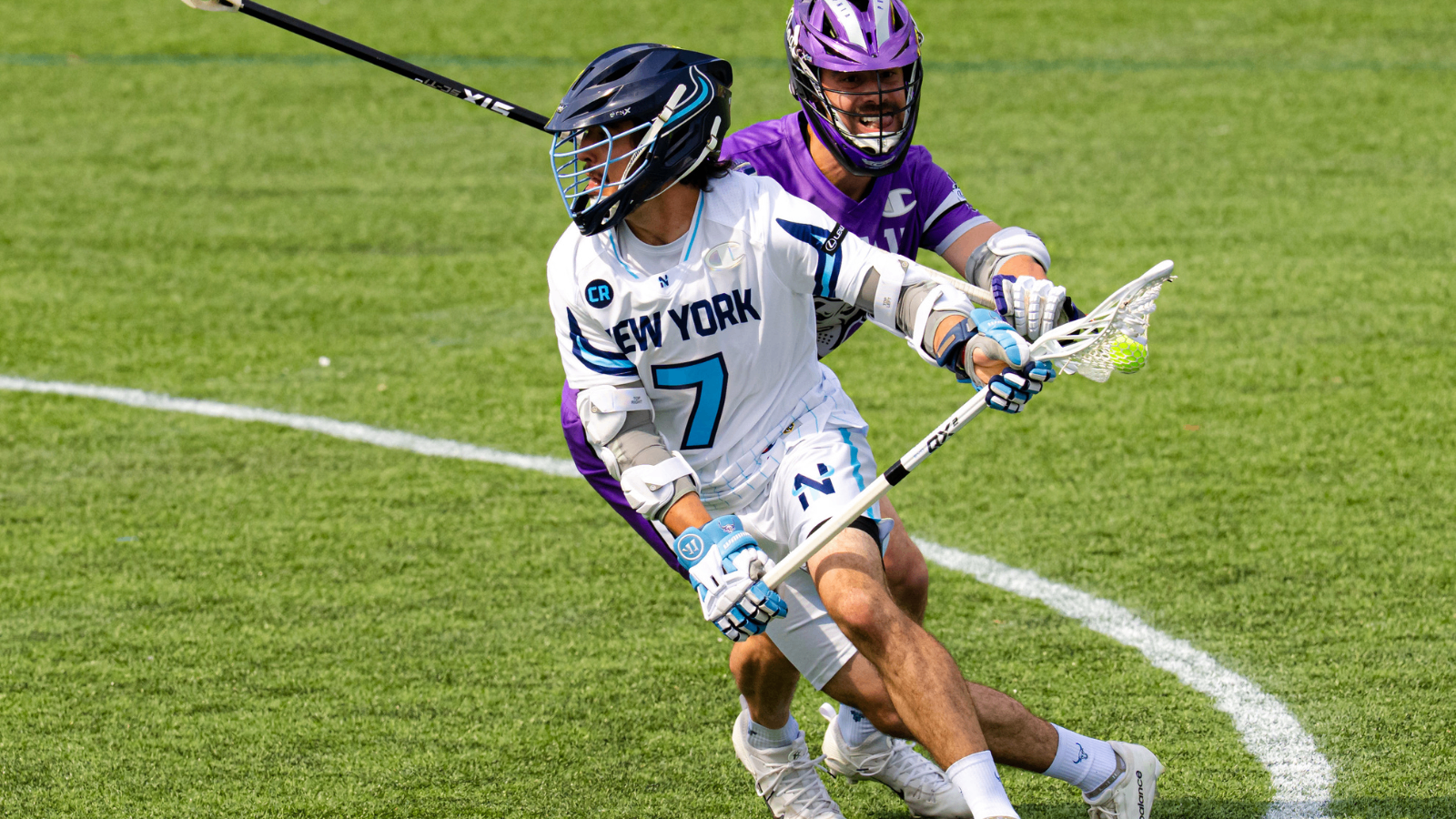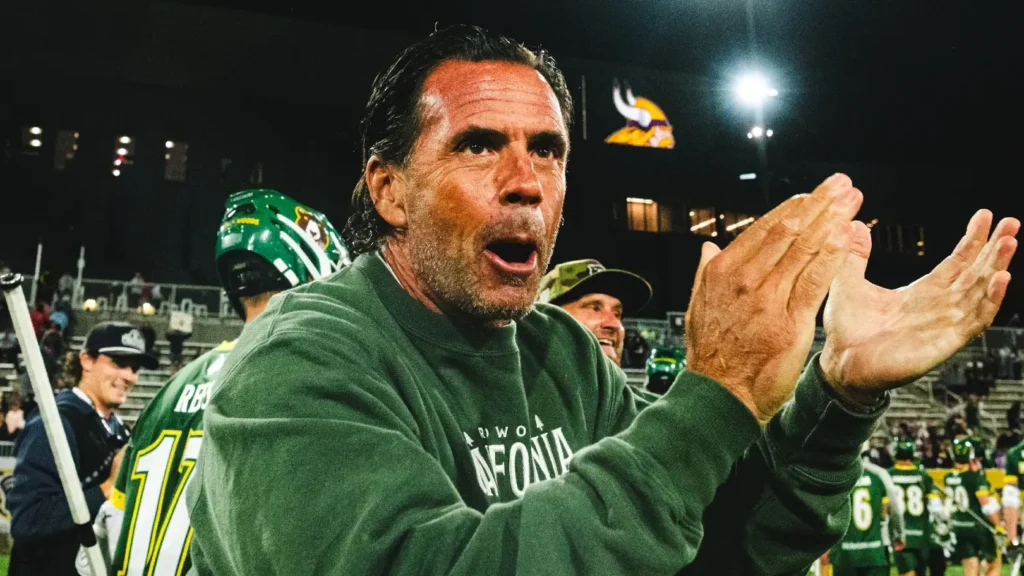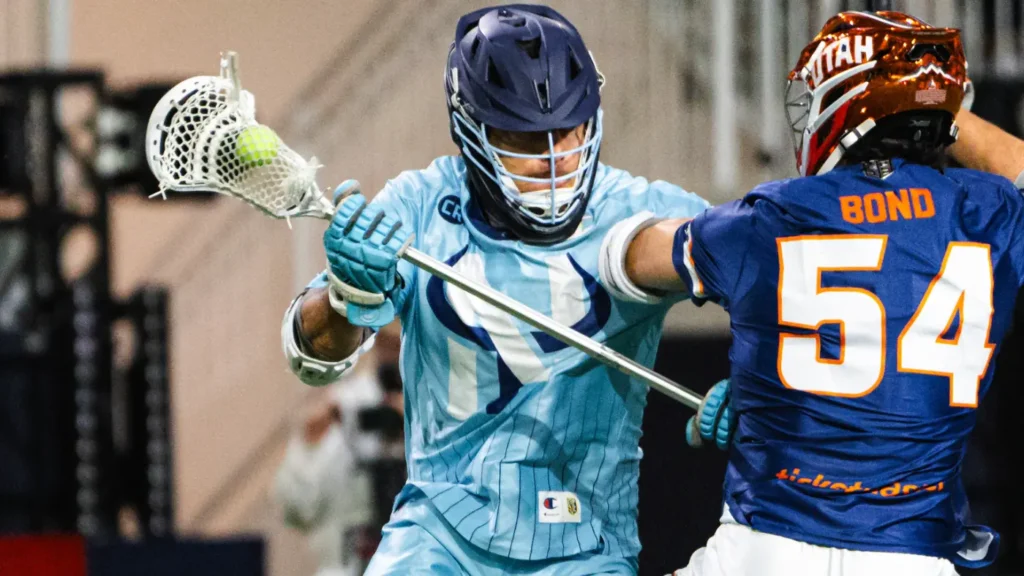In the New York Atlas’ win against the Philadelphia Waterdogs last Sunday, New York made changes in their midfield personnel replacing Reid Bowering with Kyle Jackson as a left-handed option.
New York’s coaching staff asked their midfield unit to set more picks for their attackman during their offensive sets. What was the result of New York’s midfield setting more picks? Their best offensive performance of the season.
“When the ball gets to [Connor] Shelly [Shellenberger], the ball gets to [Jeff] Teat … good things happen for us,” said New York Atlas head coach and general managerMike Pressler. “I thought our middies did a really good job picking for Jeff today.”
New York’s use of the pass-down, pick-down motion to help free up space for their players allowing New York to take timely, high percentage shots throughout the game leading to a 17-point performance out of the group
Similar to basketball’s give-and-go, the pass-down, pick-down is a simple concept but can be shaped in a multitude of ways depending on the personnel used in an offensive possession.
The New York Atlas scored in several different manners in their win over the Philadelphia Waterdogs off of pass-down, pick-downs set by their offensive midfielders.
With the versatility that New York’s offense brings with their personnel helps the team initiate pass-down, pick-downs in various manners. The spacing and chemistry that the team’s offensive unit creates help maintain a balanced pace throughout the course of a game.
This first clip is the textbook execution of a settled pass-down, pick-down. Atlas midfielder Reid Bowering comes out of the box and immediately sends the ball down the lefty wing to fellow Canadian Jeff Teat.





